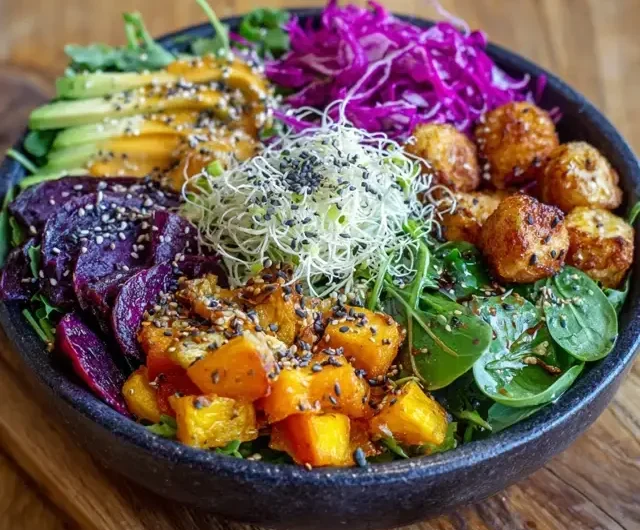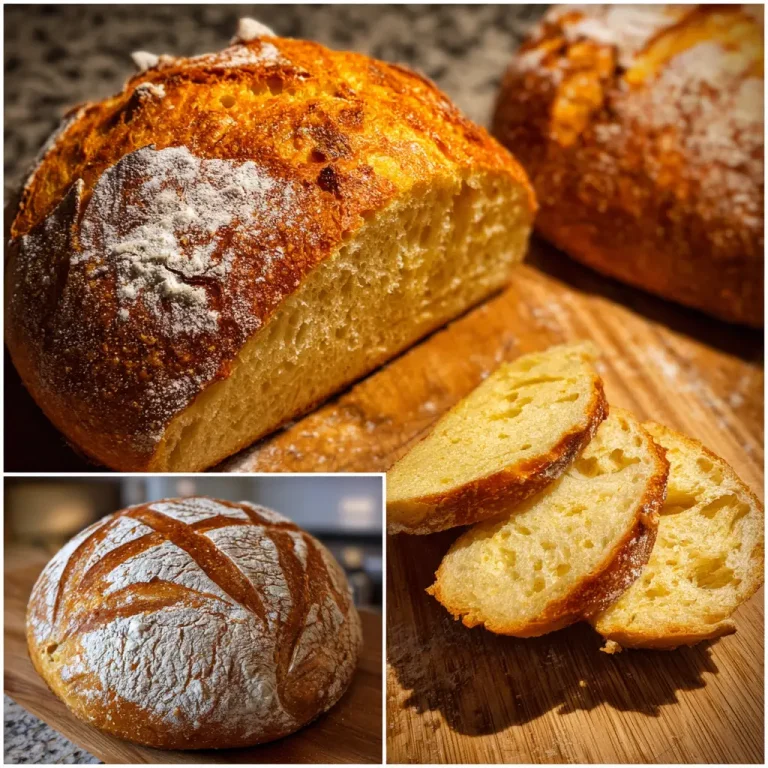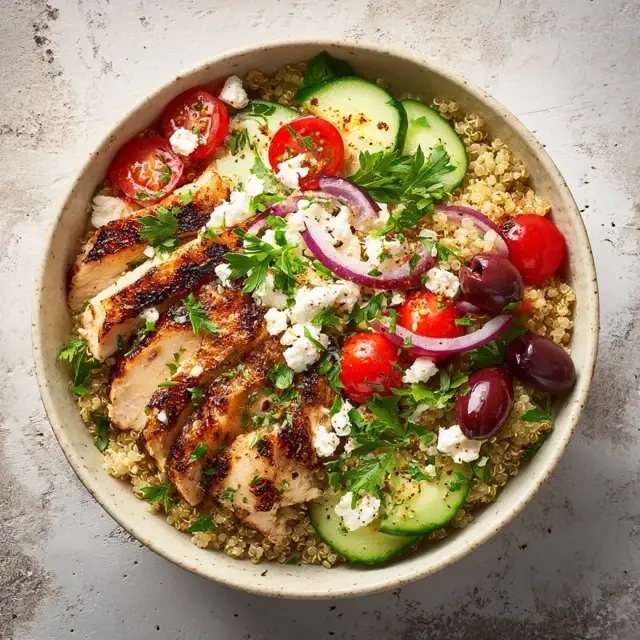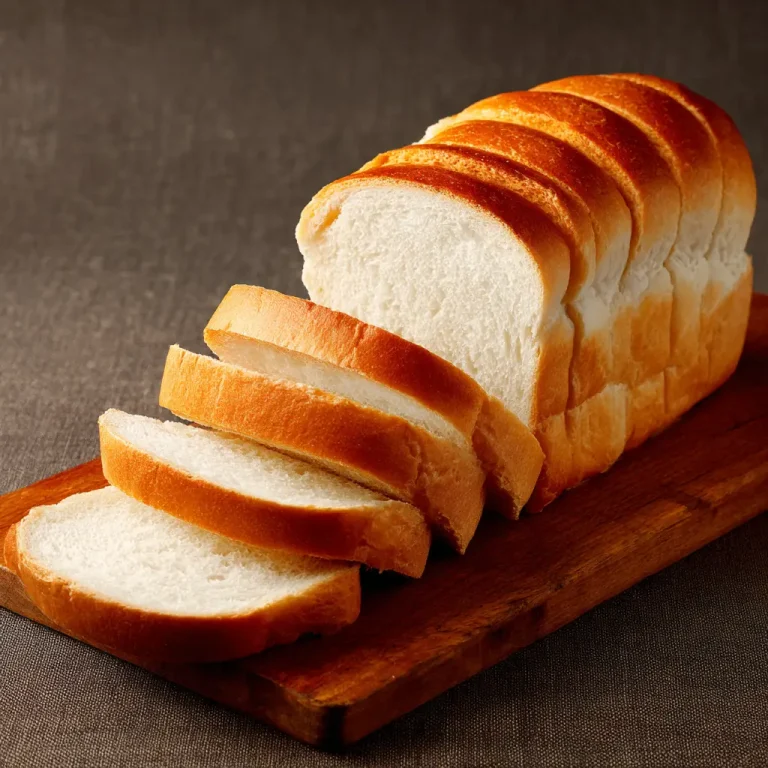Buddha Bowl: A Wholesome, Vibrant Meal for Every Occasion
Introduction
Buddha bowls have become a celebrated choice for health-conscious eaters, food enthusiasts, and anyone looking to enjoy a balanced, colorful meal. These bowls are not just visually appealing but also packed with nutrients that fuel the body and delight the senses. A Buddha bowl typically combines grains, proteins, fresh vegetables, and a delicious dressing in a single serving. The result is a harmonious balance of flavors, textures, and colors that makes every bite exciting.
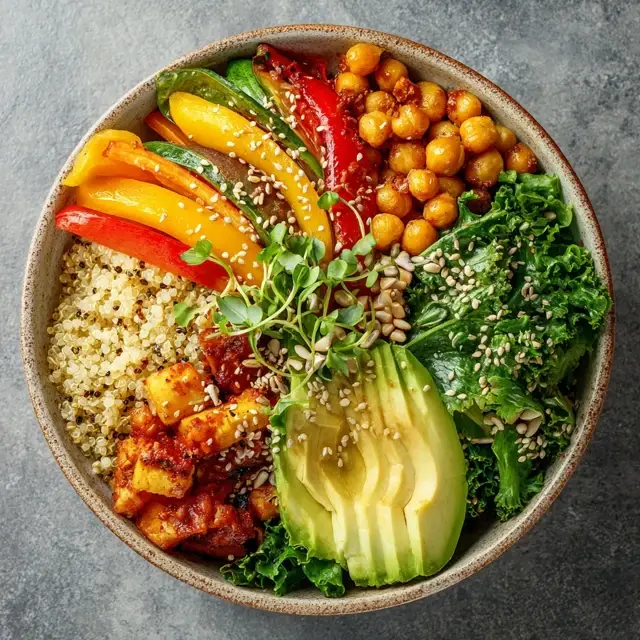
Beyond their nutritional benefits, Buddha bowls are incredibly versatile. They can be customized to suit individual dietary preferences, whether vegan, vegetarian, or meat-inclusive. People often enjoy them for lunch, dinner, or even a hearty snack. Preparing a Buddha bowl at home allows complete control over ingredients, portion sizes, and seasoning, which makes it a perfect option for mindful eating.
Ingredients Needed
Creating a Buddha bowl starts with choosing the right ingredients. A balance of grains, proteins, vegetables, and healthy fats is key. Below is a simple table listing commonly used ingredients and their approximate calorie count per serving:
| Ingredient | Calories per Serving |
|---|---|
| Cooked quinoa | 120 |
| Brown rice | 110 |
| Chickpeas | 130 |
| Edamame | 120 |
| Spinach leaves | 20 |
| Shredded carrots | 25 |
| Sliced cucumber | 15 |
| Red bell pepper | 30 |
| Avocado | 160 |
| Cherry tomatoes | 25 |
| Hummus | 70 |
| Olive oil dressing | 80 |
| Pumpkin seeds | 50 |
These ingredients are suggestions, and flexibility is encouraged. Choosing seasonal vegetables and your favorite grains can create a unique version of a Buddha bowl every time.
Step-by-Step Cooking Instructions
Preparing a Buddha bowl does not require advanced culinary skills. Each step is simple, yet the outcome is rewarding.
- Begin by cooking the grains. Rinse quinoa or rice thoroughly and cook according to package instructions. Fluff the grains with a fork once cooked. Grains provide a hearty foundation for the bowl.
- Prepare the protein. Chickpeas can be roasted for extra flavor or served straight from the can after rinsing. Edamame can be boiled or steamed until tender. Proteins ensure satiety and add texture.
- Wash and chop fresh vegetables. Spinach, cucumbers, bell peppers, and carrots add color and nutrients. Slicing vegetables into uniform pieces improves presentation.
- Slice avocado just before assembling the bowl to prevent browning. Avocado adds creaminess and healthy fats.
- Assemble the bowl by layering the grains first, followed by proteins and vegetables. Arrange ingredients in separate sections or mix slightly for a mosaic effect.
- Add a dollop of hummus or drizzle a homemade dressing over the top. Dressings enhance flavor and tie all ingredients together.
- Sprinkle pumpkin seeds or nuts to add crunch. Garnishing the bowl makes it visually appealing and adds extra nutrients.
- Serve immediately or refrigerate for a few hours for a chilled Buddha bowl. Both warm and cold versions are enjoyable.
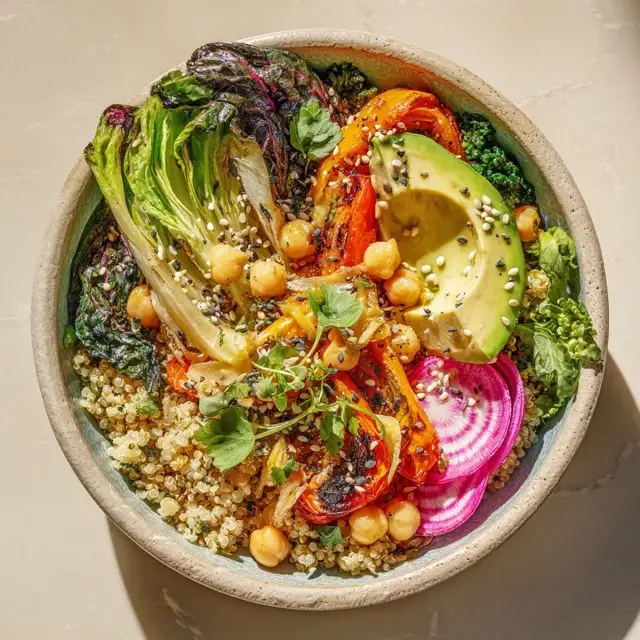
Tips for Customizing the Recipe
Buddha bowls are inherently customizable. Experimenting with ingredients and flavors keeps meals exciting.
These variations allow each Buddha bowl to feel unique and cater to personal taste preferences.
Nutritional Information
Buddha bowls are rich in macronutrients and micronutrients. A typical bowl contains a balanced mix of carbohydrates from grains, protein from legumes or tofu, fiber from vegetables, and healthy fats from avocado or seeds. Vitamins A, C, K, and folate are abundant in leafy greens and colorful vegetables. Minerals such as magnesium, potassium, and iron support overall health.
Calorie content varies depending on ingredients, but an average Buddha bowl ranges from 400 to 600 calories per serving. Including a variety of vegetables ensures high fiber intake, which supports digestion and promotes fullness. Plant-based proteins improve heart health and stabilize blood sugar levels. Healthy fats from avocado or olive oil help with nutrient absorption and provide long-lasting energy.

Consuming Buddha bowls regularly can aid in weight management, enhance nutrient intake, and support overall wellness. They are an excellent choice for anyone aiming to maintain a balanced and nutrient-dense diet without compromising taste.
Serving Suggestions
Buddha bowls are versatile in presentation and pairing. Serving them with complementary sides can elevate the meal experience.
- Pair with whole-grain bread or flatbread to make the meal more substantial.
- Serve with a side of miso soup for a warming, balanced lunch.
- Add pickled vegetables or kimchi for a tangy contrast.
- Top with a sprinkle of seeds, nuts, or microgreens for texture and visual appeal.
- Consider a small fruit salad on the side to add natural sweetness.
Buddha bowls can also be prepped in advance for meal prep. Storing grains and proteins separately from fresh vegetables preserves freshness, allowing easy assembly during the week.
Buddha Bowl: A Wholesome, Vibrant Meal for Every Occasion
Course: Blog2
servings15
minutes20
minutes500
kcalIngredients
1 cup cooked quinoa or brown rice
1 cup cooked chickpeas (rinsed if canned)
1 cup steamed or boiled edamame
1 cup fresh spinach leaves
1/2 cup shredded carrots
1/2 cup sliced cucumber
1/2 cup chopped red bell pepper
1 avocado, sliced
1/2 cup cherry tomatoes, halved
2 tablespoons hummus
1 tablespoon olive oil or dressing of choice
2 teaspoons pumpkin seeds or nuts for garnish
Salt and pepper to taste
Directions
- Cook quinoa or rice according to package instructions. Fluff and set aside.
- Prepare the protein by roasting or rinsing chickpeas. Steam or boil edamame until tender.
- Wash and chop all vegetables including spinach, cucumber, bell pepper, and carrots.
- Slice avocado just before assembling the bowl to prevent browning.
- Layer the cooked grains at the base of each bowl.
- Add chickpeas, edamame, and vegetables on top, arranging them in sections or mixing slightly.
- Add a dollop of hummus and drizzle with olive oil or your preferred dressing.
- Sprinkle pumpkin seeds or nuts on top for crunch.
- Season with salt and pepper as needed. Serve immediately or refrigerate for a chilled version.
Recipe Video
Notes
- Feel free to swap grains with barley, farro, or couscous.
Protein can be substituted with tofu, tempeh, grilled chicken, or boiled eggs.
Add roasted vegetables such as sweet potatoes or broccoli for added flavor and warmth.
Fresh herbs like cilantro, parsley, or basil can enhance taste naturally.
Frequently Asked Questions
What is the origin of Buddha bowls?
Buddha bowls are inspired by Buddhist principles of balance and mindfulness in eating. They focus on wholesome, plant-based ingredients arranged harmoniously in a single bowl.
Can I make Buddha bowls vegan?
Yes, Buddha bowls are naturally vegan-friendly. Simply omit any animal products and focus on plant proteins, grains, and vegetables.
How long can I store a Buddha bowl?
When stored properly in airtight containers, prepped ingredients can last up to four days. Assemble the bowl fresh for the best taste and texture.
Are Buddha bowls suitable for weight loss?
Yes, they are nutrient-dense and filling, which can support weight management when portion sizes are controlled. The balance of protein, fiber, and healthy fats helps keep hunger in check.
Can I use cooked meat in a Buddha bowl?
Absolutely. Grilled chicken, beef, or fish can be added to boost protein content. Ensure cooked meat is stored safely and added just before serving.
Conclusion
Buddha bowls provide a delicious way to enjoy a balanced meal. They are visually stunning, nutritionally dense, and endlessly customizable. Each bowl can be tailored to individual preferences, making it a versatile option for any lifestyle. Preparing a Buddha bowl encourages mindfulness in eating, as the combination of colors, textures, and flavors turns every meal into a sensory experience.
Eating a Buddha bowl does not have to be complicated. By combining simple ingredients thoughtfully, anyone can create a wholesome and satisfying dish. Fresh vegetables, grains, proteins, and healthy fats come together to provide a nutrient-rich meal that is both nourishing and enjoyable. Whether you enjoy it warm or chilled, as a lunch or dinner, Buddha bowls can be a cornerstone of a healthy, vibrant diet.


